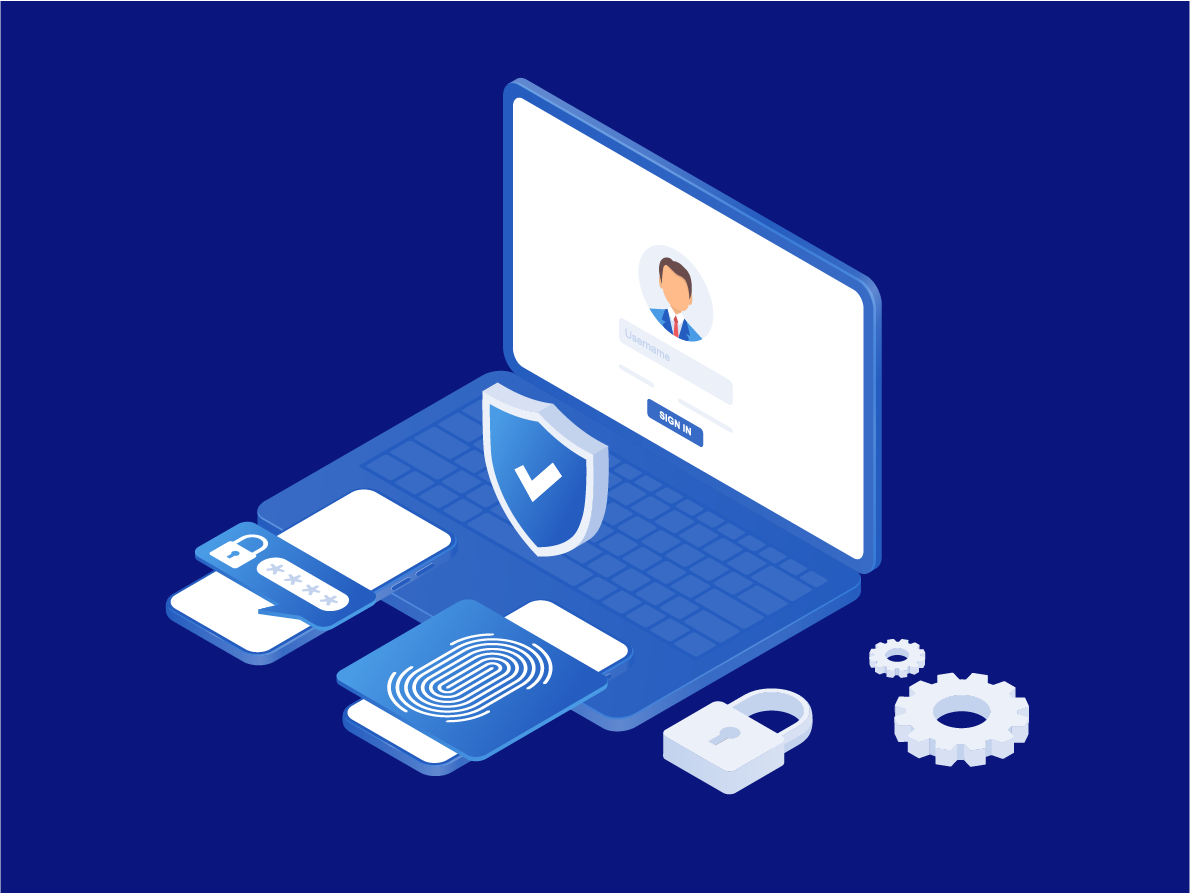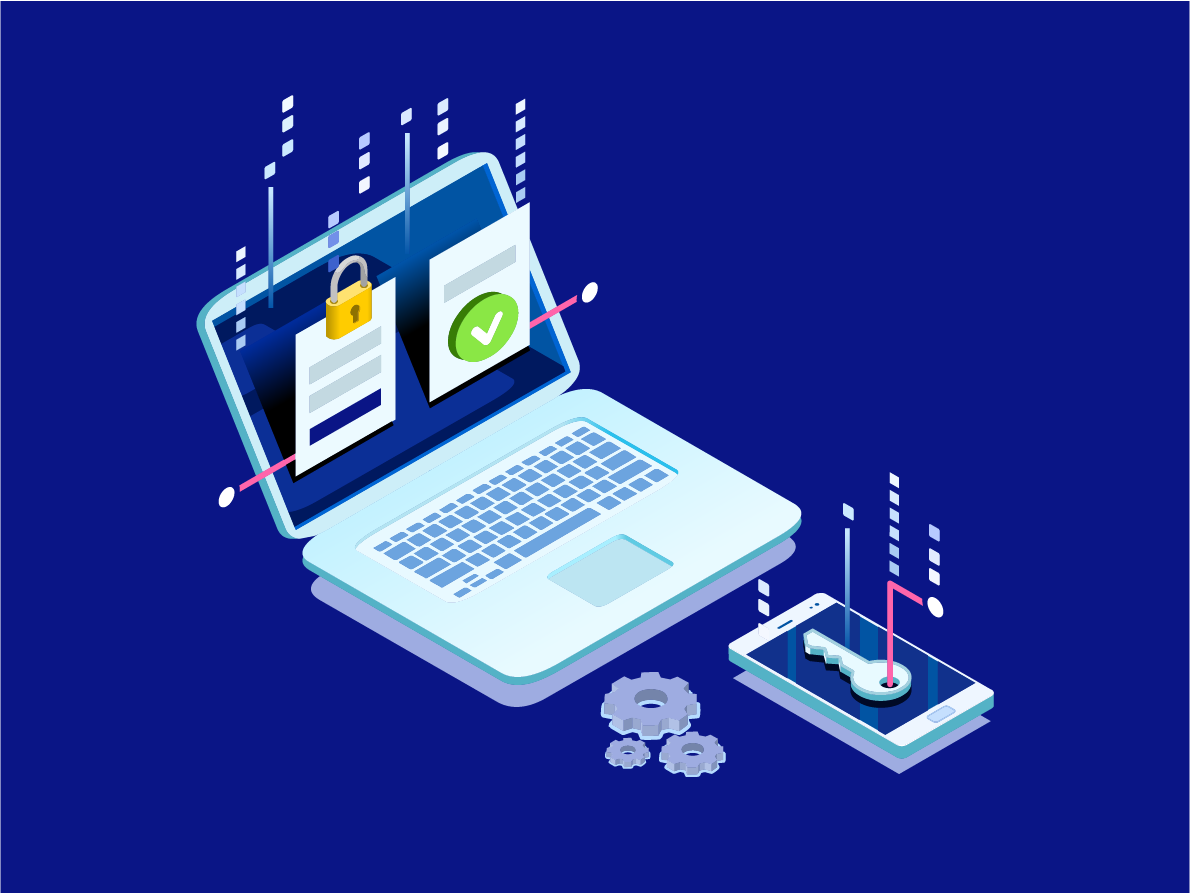
The continuous research and innovation of technology has resulted in industries slowly digitizing their services. The COVID-19 pandemic accelerated this shift to all things digital as contactless services became the new normal, with businesses forced to limit or shut down brick and mortar transactions. The automation of services has offered convenience and protection for customers amid the global health crisis.
Along with the rise of the digital world comes the increase in cyberattacks resulting in losses of billions annually. As customers continue to engage in online transactions, cybercriminals continually target the confidential information stored in companies’ servers and cloud storage.
A report made by TransUnion showed that suspected digital fraud attempts in the US among all industries during the first four months of 2021 increased by more than 25% compared to the last four months of 2020.
The Continuous Rise of Digital Fraud
From what started as phone calls and email attacks, cybercriminals are now employing different techniques to attack industries. Scams using phone calls and emails (phishing) are still widely used by cybercriminals, but other fraudulent activities include money laundering, cybersecurity attacks, and identity theft, among others.
Although the early history of cyber-attacks started with the development of the internet, technological advancements and the popularity of knowledge-based credentials have made it easier for cybercriminals to penetrate industries in recent years.
And just last year, hackers began to take advantage of the unprecedented effects of the COVID-19 pandemic to commit more fraudulent activities. As industries scrambled to keep the economy alive, fraudsters started exploiting the cyber security measures of businesses to steal the confidential information they wanted.
The Federal Trade Commission (FTC) reported that they received at least 2 million financially motivated identity theft incidents in 2020, which resulted in losses of more than $3 billion. These incidents were accomplished through different means, targeting both the companies and consumers. With businesses across various industries continuing to digitize their services, experts expect these numbers to continue to increase this year and in the coming years.
Aside from this, the continual public acceptance of digital banking makes it easier for cybercriminals to hack into financial accounts. Almost 65% of the American population now uses mobile applications for their financial needs, and 80% prefer mobile banking to access their bank accounts and records. Cybercriminals infiltrate the system to get valuable information and take over the account of their target.
Fraud Score In the Digital World
Industries affected by fraud not only sustain financial losses but also suffer from reputational damage resulting in customer distrust. That is why businesses spend millions annually on robust cybersecurity measures to maintain a high level of digital protection.
Improving an organization’s fraud prevention capabilities can be done in many ways but can also be very difficult given that there are a multitude of ways to commit fraud. Aside from upgrading their networks’ software, companies can also incorporate fraud detection technology in their cyber security efforts. This technology analyzes an enormous amount of data from the consumers and assigns a fraud score for every transaction they make.
A fraud score is a tool used by industries to check the risk that their client is committing fraud. It identifies the risk score by recognizing the patterns of fraudulent activity from the client’s past transactions. The higher their score, the more likely it is that the customer commits dishonest activities. Enterprises can use this data to take real-time action and prevent the client from making further transactions.
Fraud detection not only applies to the customers but to employees as well since they are also potential candidates for committing fraudulent acts. This is critical in industries that deal with confidential information every day, such as financial and customer services. The employees in these types of businesses handle sensitive data that they might steal.
Digital Fraud Prevention
Once fraud is detected, businesses must prevent criminals from attacking their systems again. The first few hours or days of the investigation are vital. They will determine the potential financial or reputational damage to the company and how the fraudulent activity managed to get past its cyber security system. With this information, business owners can check how they can further improve their security measures.
While an effective fraud detection system can help reduce or eliminate fraudulent activities, advanced identity validation can curtail fraudsters from using the services and internal network to attack the company right from the onboarding process.
Knowledge-based credentials, like passwords, are still the most common way of identity proofing throughout the world. But passwords are now an easy target for hackers. Consequently, industry leaders invest in more advanced authentication methods, like biometrics and FIDO2 passwordless authentication to integrate into their security processes.
FIDO2 Standards for Authentication
The Fast Identity Online (FIDO) Alliance was established in February 2013 to promote authentication standards that reduce the world’s reliance on passwords. The current FIDO2 project allows users to use their devices combined with their biometric to authenticate to online services easily. The FIDO2 Web Authentication (“FIDO2 WebAuthn”), in partnership with the World Wide Web Consortium (“W3C”), is currently the official web standard for authentication in browsers. The other component of FIDO2 certification, the Client to Authenticator Protocol (CTAP), enables customers to use security keys or mobile phones as external authenticators.
Fraud in a Passwordless Society
About $56 billion in total financial losses is recorded across industries in 2020 and is predicted to increase moving forward with cybercriminals continually attempting to hack through the cyber security measures of companies.
The passwordless approach in identity validation will help ensure a high level of protection for sensitive information. It assures enterprises that the people using their services are legitimate customers, decreasing the chance of fraudulent activity in their network. At the same time, it helps ensure the companies that only their authorized employees access company resources and not someone with criminal intentions.
LoginID’s FIDO2 biometric authentication solution is highly secure, simple to integrate, and reduces onboarding friction. It enables financial institutions, banks, and card issuers to offer clients passwordless authentication and identity verification across desktop and mobile.
To learn how LoginID can equip enterprises with the necessary fraud prevention tools, get started by registering for a free account.
Sources:https://www.transunion.com/blog/global-fraud-trends-Q2-2021?utm_campaign=q2-quarterly-fraud-report&utm_content=blog&utm_medium=press-release&utm_source=press-release&utmsource=press-releasehttps://www.cnbc.com/2021/06/03/why-online-fraud-attempts-are-up-25percent-in-the-us.htmlhttps://www.acfe.com/press-release.aspx?id=4295010491https://www.securitymagazine.com/articles/93912-reasons-digital-fraud-is-on-the-risehttps://www.jigsawacademy.com/blogs/cyber-security/evolution-of-cybercrime/https://www.ftc.gov/news-events/press-releases/2021/02/new-data-shows-ftc-received-2-2-million-fraud-reports-consumershttps://home.kpmg/xx/en/home/insights/2020/08/cyber-and-fraud-incidents-looking-beyond-the-obvious.htmlhttps://www2.deloitte.com/content/dam/Deloitte/xe/Documents/About-Deloitte/mepovdocuments/mepov8/dtme_mepov8_keep-calm-carry-on.pdfhttps://www.omnisci.com/technical-glossary/fraud-detection-and-preventionhttps://fraud.net/d/fraud-score/https://searchsecurity.techtarget.com/definition/fraud-detectionhttps://fidoalliance.org/fido2/https://www.businesswire.com/news/home/20210323005370/en/Total-Identity-Fraud-Losses-Soar-to-56-Billion-in-2020


